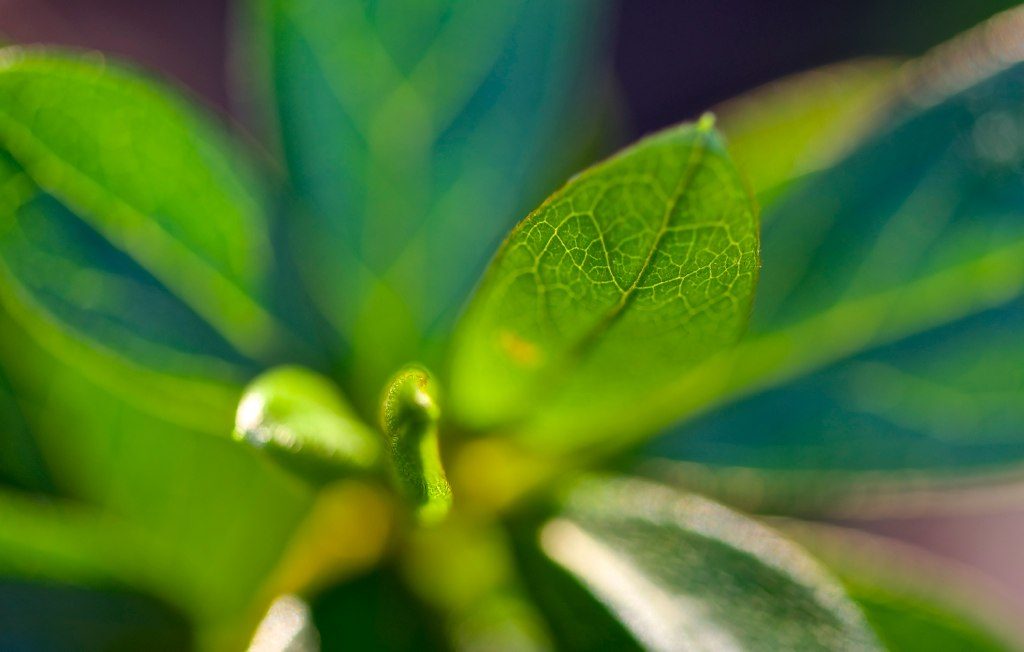
There is an enzyme known as RuBisCo that is involved in carbon fixation, the process plants use to convert carbon dioxide into sugar molecules. The RuBisCo molecule is inside the leaves of most plants and is probably the most abundant protein in the world.
RuBisCo picks up carbon dioxide from the air and uses energy from the sun to turn the carbon into sugar molecules. This process of photosynthesis is pretty much the foundation of life on Earth.
Wonderful as it is, the process is not perfect. RuBisCo is not very selective in grabbing molecules from the air. It picks up oxygen as well as CO2 and it produces a toxic compound when it does that.
Plants operate a whole other complicated chemical process to deal with this toxic byproduct and uses up a lot of energy along the way, leaving less energy for making leaves or food that we can eat.
A research program at the University of Illinois called Realizing Increased Photosynthetic Efficiency (or RIPE) has been trying to correct this problem; they have been trying to hack photosynthesis. And they may well have succeeded.
Using genetic modification on tobacco plants, they have shut down the existing detoxification process and set up a much more efficient new one. The result is super plants that grow faster and up to 40% bigger.
The next step is to get it to work on plants that people actually rely upon for food, like tomatoes, soybeans and black-eyed peas (which are a staple food crop in sub-Saharan Africa where food is scarce.)
It will be years before we know if the process can really produce more food and be safe, but it may end up leading to a major increase in crop productivity.
**********
Web Links
Scientists Have ‘Hacked Photosynthesis’ In Search Of More Productive Crops
Photo, posted June 10, 2013, courtesy of Boon Hong Seto via Flickr.
Earth Wise is a production of WAMC Northeast Public Radio.
Leave a Reply